In today's era of heightened environmental awareness, the cosmetics industry, as a vital component of the fast-moving consumer goods sector, faces mounting societal scrutiny over its plastic packaging issues. Amidst the global urgency for sustainable development, manufacturers of cosmetic plastic packaging confront unprecedented challenges coupled with opportunities. This article delves into two strategies—the incoming material processing model and reshaping the cosmetic plastic packaging market—in pursuit of more environmentally friendly and efficient solutions.
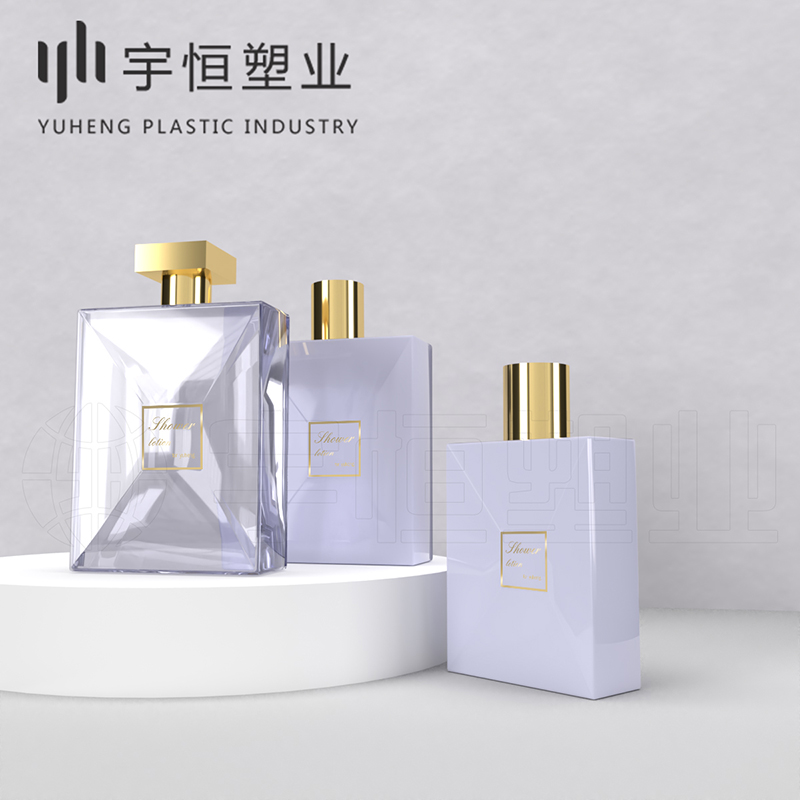
Incoming Material Processing Model: Flexible, Efficient, and Fostering Circular Economy
The incoming material processing model involves clients providing raw materials or semi-finished products, which manufacturers then process according to customer specifications. In the realm of cosmetic plastic packaging, this model effectively reduces raw material procurement costs for manufacturers while promoting resource recycling. By accepting recyclable plastic materials as inputs, manufacturers can diminish their reliance on virgin plastic, thereby alleviating environmental burdens.
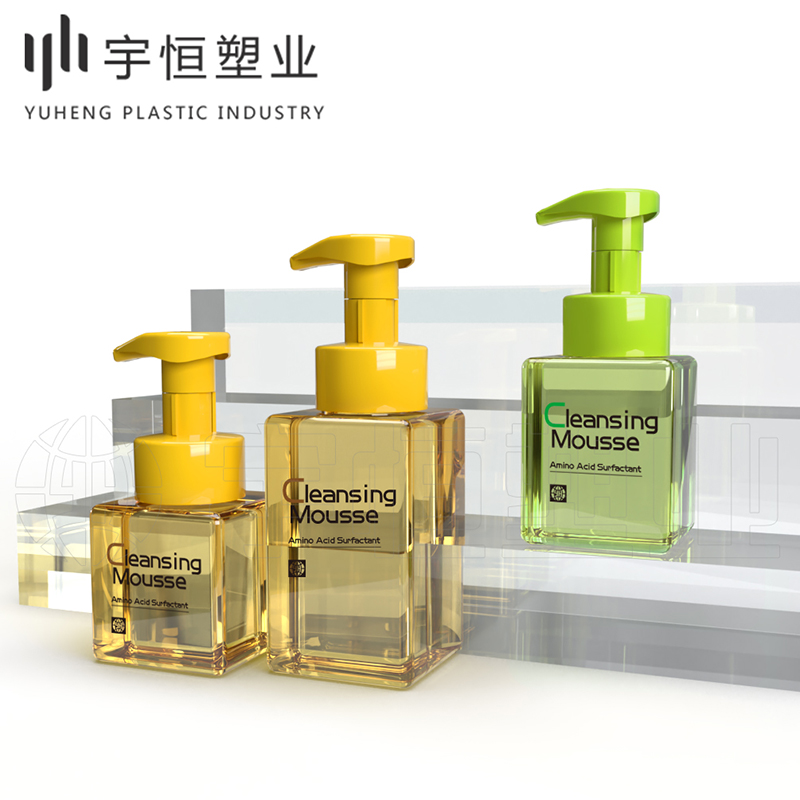
Establishment of Cooperative Mechanisms: Forge long-term, stable partnerships with producers and recyclers to ensure a reliable and steady supply of raw materials.
Technological Innovation: Introduce advanced sorting, cleaning, and recycling technologies to enhance the processing efficiency and quality of recycled plastics.
Customized Services: Offer diverse design options tailored to client needs, ensuring packaging that is both aesthetically pleasing and eco-friendly.
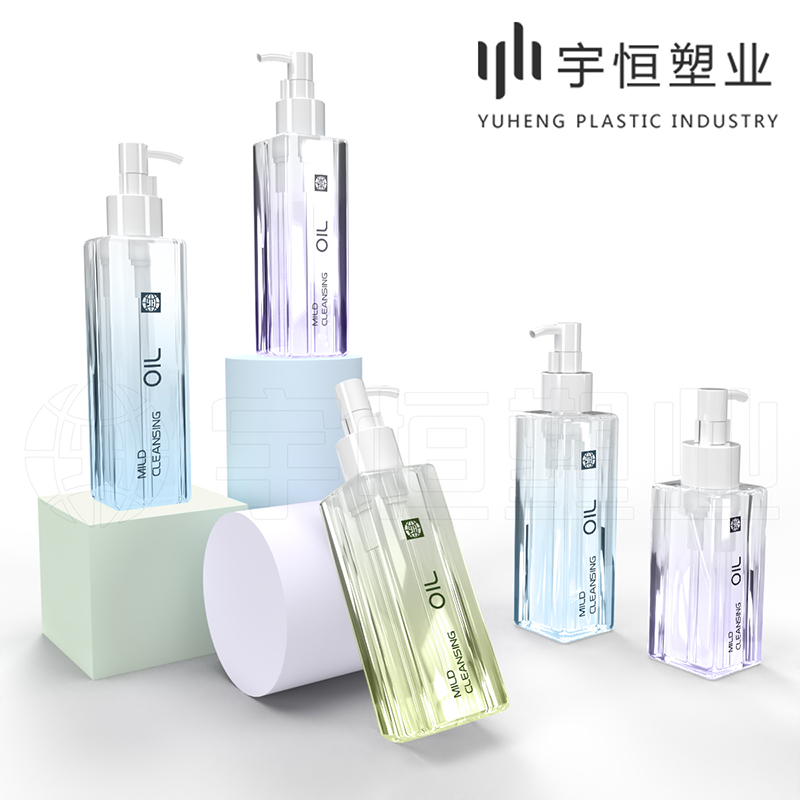
Despite its numerous advantages, the incoming material processing model confronts challenges such as inconsistent raw material quality and fluctuating processing costs. To address these, manufacturers must strengthen supply chain management, elevate raw material screening standards, and increase R&D investments to optimize production processes and reduce costs.
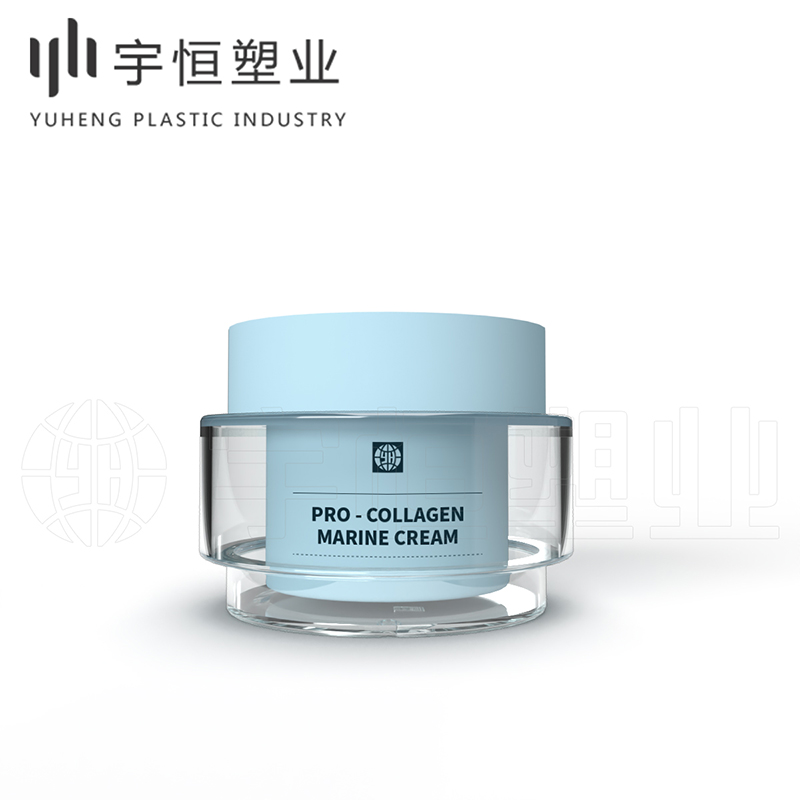
Reshaping the Cosmetic Plastic Packaging Market: Innovation-Driven, Leading Green Transformation
Currently, the cosmetic plastic packaging market is plagued by issues like material homogeneity, low recycling rates, and severe environmental pollution. With consumers becoming increasingly eco-conscious, the demand for green and biodegradable packaging materials is on the rise.
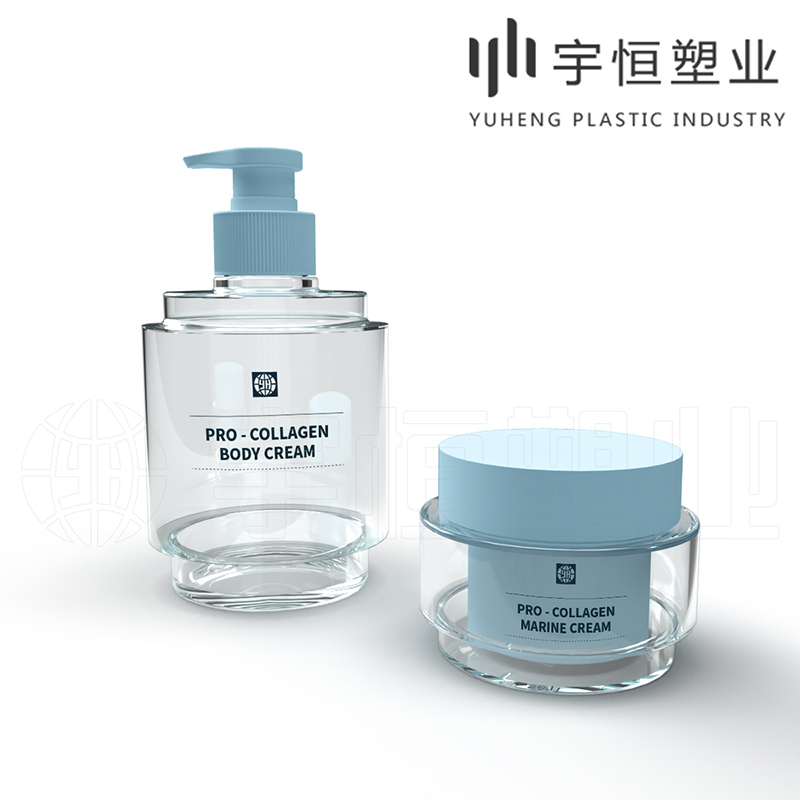
R&D into New Materials: Intensify efforts to develop eco-friendly materials like biobased and biodegradable plastics as alternatives to traditional petroleum-based plastics.
Promotion of Circular Economy Principles: Enhance packaging designs for better reusability and recyclability, encouraging consumer participation in packaging recycling programs.
Construction of Green Supply Chains: Collaborate with upstream and downstream enterprises to build a comprehensive green supply chain system, ensuring environmental protection from raw material sourcing to waste disposal.
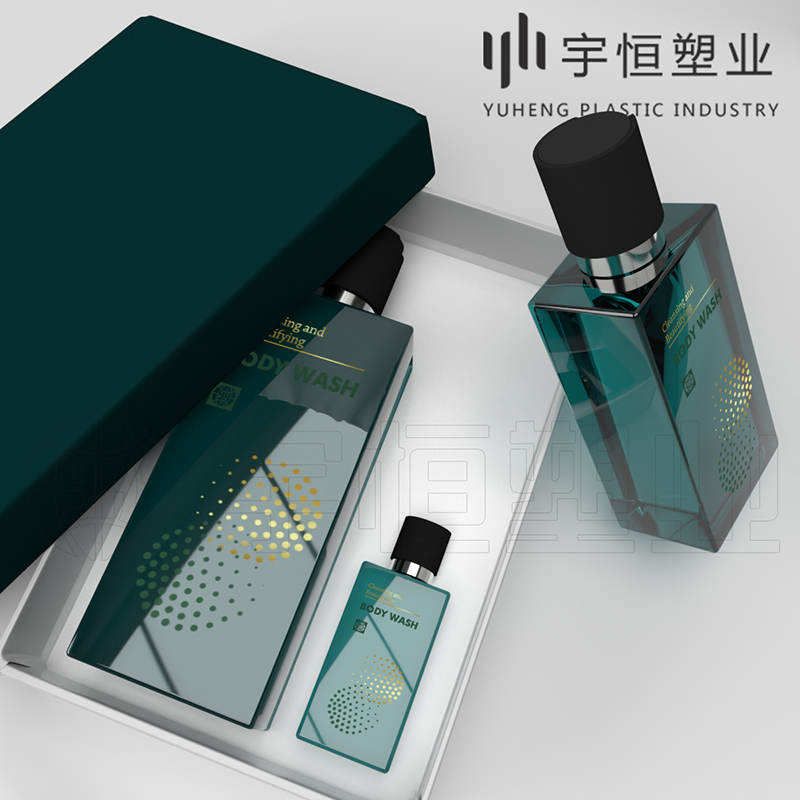
Reshaping the cosmetic plastic packaging market aligns with national green development strategies and presents a pivotal opportunity for enterprises to undergo transformational upgrades and elevate brand images. As environmental regulations tighten and consumer preferences evolve, green packaging will emerge as the mainstream trend in future markets.
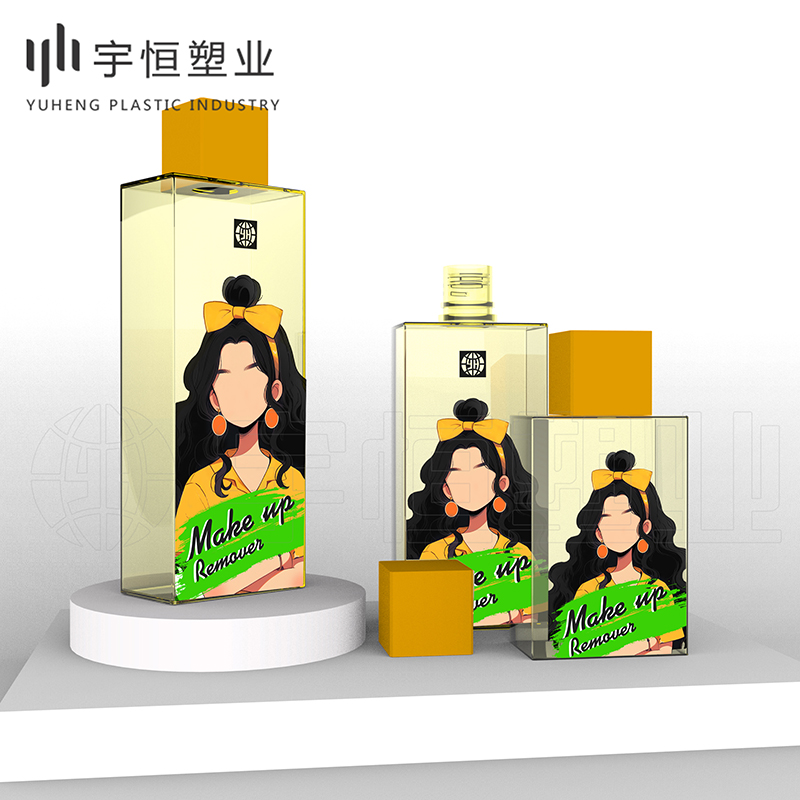
In the face of challenges and opportunities in the cosmetic plastic packaging market, the incoming material processing model and market reshaping strategies each hold unique merits. Manufacturers should flexibly select and integrate these strategies based on their specific circumstances and market demands. Through technological innovation, management optimization, and market expansion, we can jointly propel the green transformation of the cosmetic plastic packaging industry, contributing to sustainable development.




